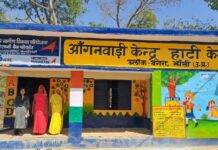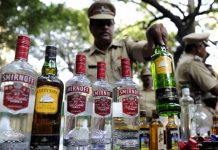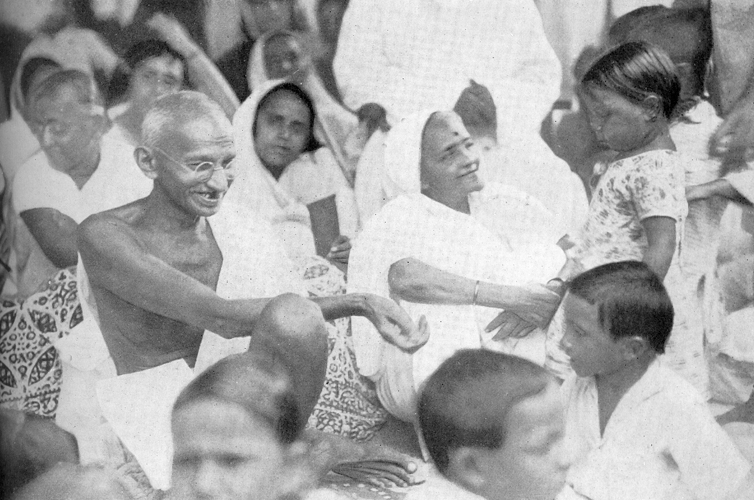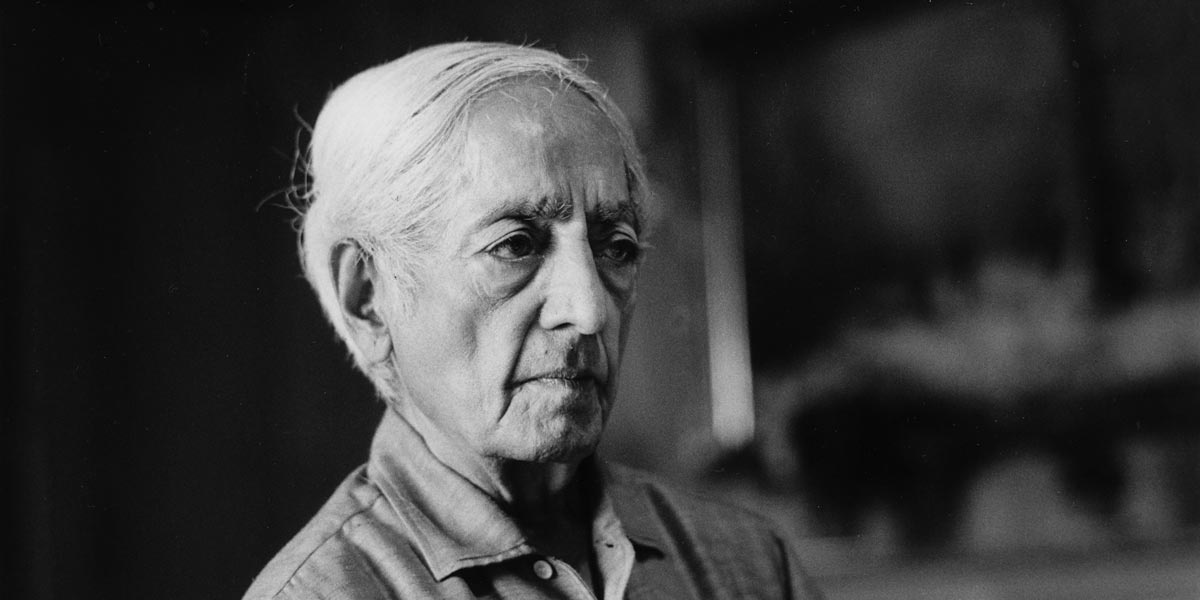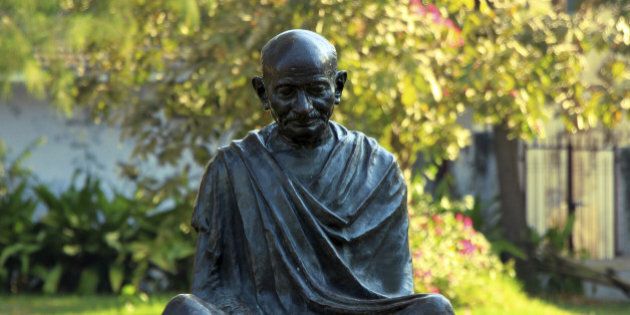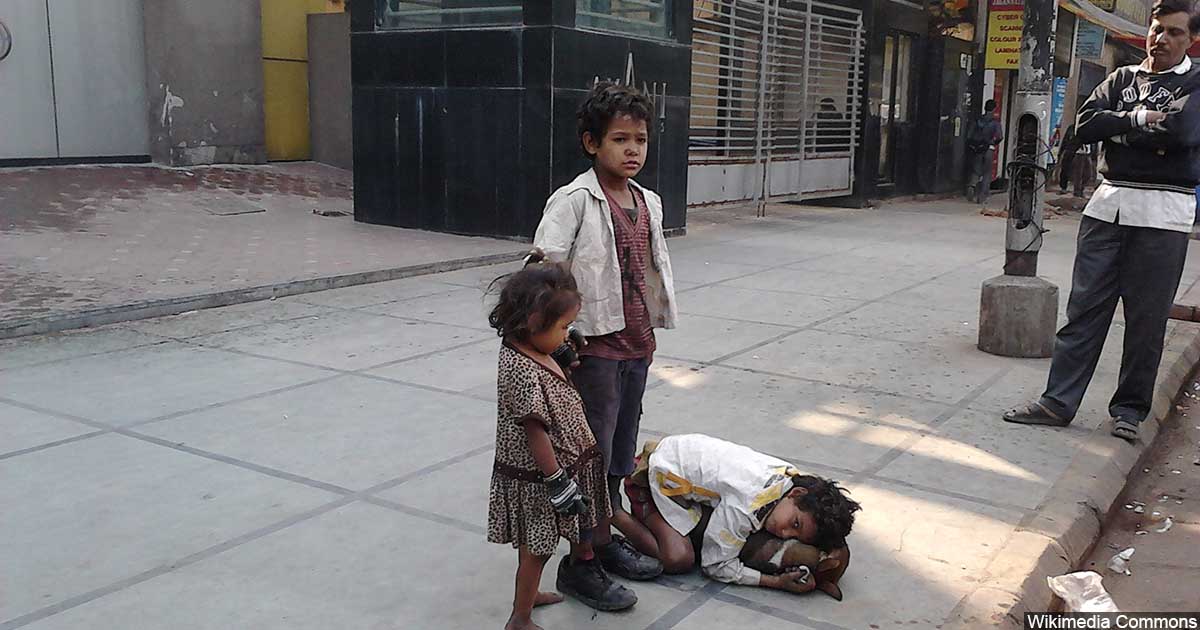
In a country where malnutrition is rampant among infants and children, it is shocking to find that most state governments and union territories have utilised 30% or less of the funds allotted to them under the Poshan Abhiyaan or the National Nutrition Mission since it was launched in 2017.
Except for states and union territories like Mizoram, Lakshadweep, Himachal Pradesh and Bihar, none of the governments have used even half of the sum granted to them in the last three years, according to an analysis of the data shared in Parliament.
The Poshan Abhiyaan is the Centre’s flagship programme and is aimed at improving nutritional outcomes among pregnant women, lactating mothers and children by bringing down the level of stunting, underweight, anaemia and low birth weight by 2022. Such a scheme is targeted at benefiting more than 10 crore people and was launched after a Cabinet decision taken on December 1,2017 with a total budget allocation of Rs 9,046 crore for a period of three years. 50% of this budget is derived through budgetary support, which is divided into 60:40 between the Centre and the Stares, 90:10 for the north-eastern region and the Himalayan States and 100% for the Union Territories without legislature.
The remaining 50% is taken from the World Bank or other multinational development banks. Thus as a result, the Centre’s total share will be Rs 2,84.54 core.
The three year period for which the budget was allocated is coming to a close and a grim picture about its usage is being felt.
The states that gave the best performance as far as the utilisation of this fund were Mizoram, Bihar, Himachal Pradesh, Meghalaya. The worst performance was shown by states like Punjab, Karnataka, Kerala, Jharkhand and Assam.
It is expected that since the program was envisioned in stages, the utilisation of the funds is likely to improve in years to come.
A number of activities had a slow start but are gradually picking up. These include the Integrated Child Development Services- Common Application Software meant to monitor Anganwadis. However due to the sharp targets, translating the activities into outcomes will hold critical significance. This will remain to be seen. The CNSS, release by the Ministry of Health and Welfare in October, showed that 35% of children under the age of 5 years are stunned and in this age group 17% of the children have a low weight according to their heights while 33% continue to be underweight.



